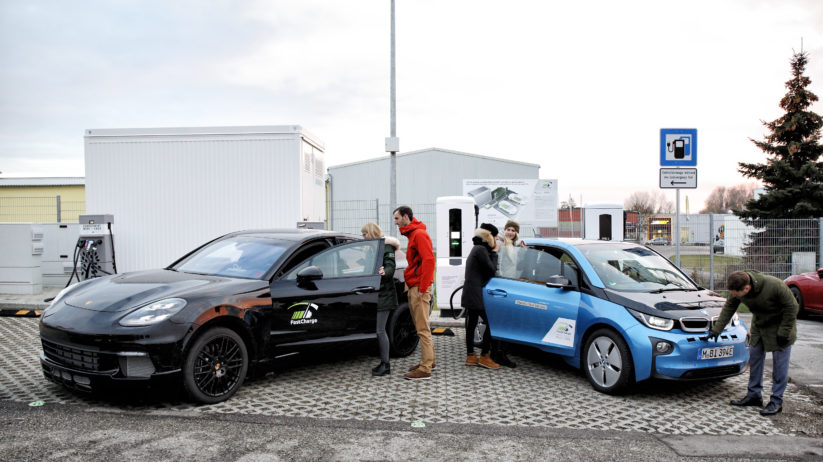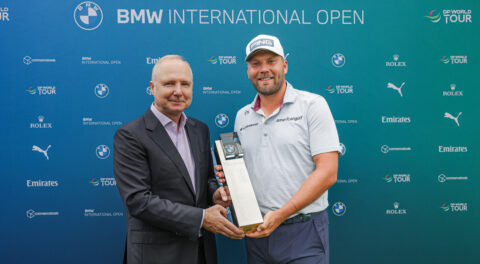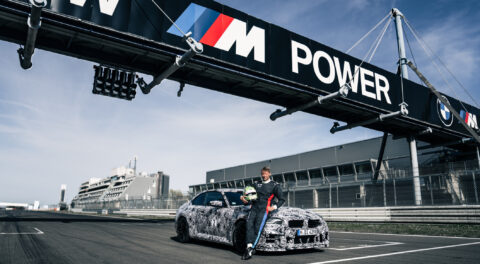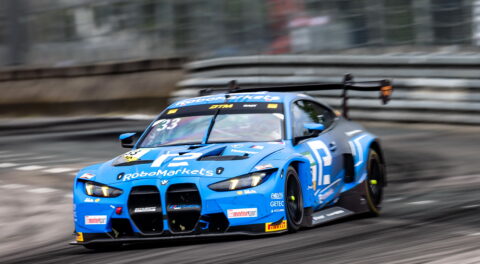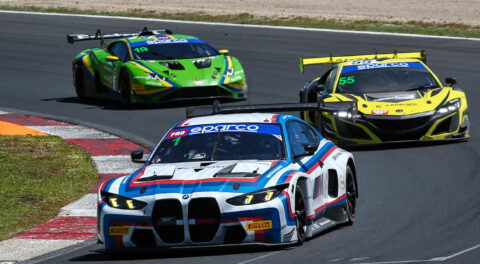The Bavarian community of Jettingen-Scheppach, Germany has just become host to the world’s first FastCharger, a new high-speed replenishment system developed by Porsche and BMW with underlying technology by Siemens. In short, even though essentially no current electric car can support the full capability, the new system can charge an EV battery to give it 100 kilometers of range in just three minutes, while a full charge, from 10% to 80%, is said to happen in just 15 minutes. The charging rates are quite impressive, and cut the 30-minute long process of using a Tesla Supercharger in half, although GM is also said to be developing its own Extreme Fast Charger, which is claimed to be able to transfer 180 miles of range in ten minutes.
The prototype charging station is fully operational and free to use, but don’t expect your current EV to be able to reap the same benefits claimed by the manufacturers. The BMW i3 sounds like it can achieve the 10% to 80% charge in 15 minutes, and the Porsche Macan Electric can take on the equivalent of a 100-kilometer charge in three minutes, but the charging system and cables, which are made by Siemens and Phoenix Contact respectively, utilize a special glycol-based cooling mechanism that regulates temperature in the in the electrical lines and charging station itself by running through an array of hoses. We’ll have to wait until the next generation of vehicles with electrified drivetrains to see the full benefits of such a system.
In comparison with the more conventional plug-in port visible below, the water and glycol cooling solution complicates things a bit and certainly adds cost, but is an integral component in achieving the rapid energy transfer noted above. The specific coolant does allow for easier maintenance in comparison with previous oil-based systems, and the formula is said to be environmentally friendly. Keeping the coolant hoses and lines unkinked was another hurdle that had to be overcome, a problem that was remedied by separate ducts and circuits for power transmission, communication and cooling itself, along with integrated tension relief to mitigate cable strain.
Although current EVs can’t fully enjoy the full potential, the system is both intelligent and ready for the future. It’s smart enough to regulate power flow to the exact rate a given vehicle can handle—50kW for the i3—without stressing or overheating things, but has a total capacity of 150 kW, which the iX3 will be able to take full advantage of in the future. The charging station can also operate at up to 920 volts, a high level that is expected to be the forthcoming standard for future vehicles with electrified drivetrains.
At a time when Tesla is considering adding drive-in restaurants to their Supercharging stations to keep patrons occupied during their 30-minute refill, BMW and Porsche, along with German technology leader Siemens and cable maker Phoenix Contact, are focused directly on the issue at hand, and have just achieved an impressive leap forward in terms of EV charging times. —Alex Tock

[Photos courtesy BMW AG.]

